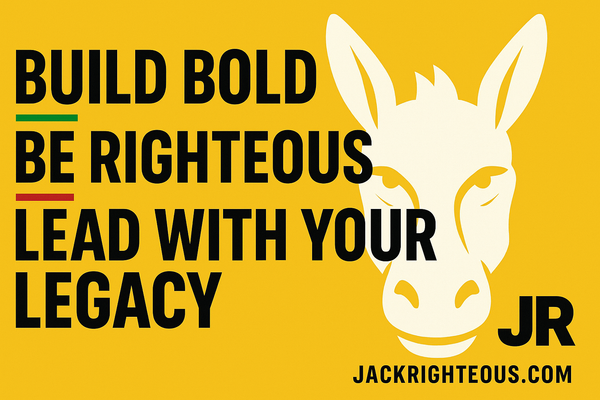Master Song Structure in AI Music: Build Cohesive Compositions
Gary Whittaker
Form and Structure: Building a Solid Framework for Your Songs
Why Form and Structure Matter in AI Music Creation
Form and structure provide the blueprint for your music, determining how different sections of a song fit together to create a cohesive whole. For AI musicians, understanding these concepts is crucial for crafting music that flows naturally and keeps listeners engaged from start to finish. By guiding the AI with knowledge of form and structure, you can ensure that your music has a clear direction and purpose.
What is Form in Music?
Form refers to the overall layout of a song—the sequence and arrangement of its sections. Common forms include verse-chorus, AABA, and through-composed, each offering a different way to organize the musical material. Understanding these forms allows you to create music that feels familiar or experimental, depending on your artistic goals.
- Verse-Chorus Form: The most common form in popular music, characterized by alternating verses and choruses, often with a bridge section.
- AABA Form: A classic form found in many jazz and pop standards, consisting of two similar sections (A), a contrasting section (B), and a return to the original section (A).
- Through-Composed: A form that continuously introduces new musical material without repeating sections, often used in more experimental or narrative-driven compositions.
Understanding Musical Structure
Structure in music refers to the way individual sections are organized and how they relate to each other. A well-structured song has a clear beginning, middle, and end, with each section serving a specific purpose. For example, verses typically tell a story or develop a theme, while choruses reinforce the main message or hook of the song.
- Introduction: Sets the tone and mood for the song, often leading into the first verse.
- Verse: Provides the narrative or thematic content, building up to the chorus.
- Chorus: The emotional or thematic climax of the song, often repeated for emphasis.
- Bridge: Offers contrast or a break from the established pattern, leading back to the chorus or to a new section.
- Outro: Concludes the song, often with a repetition of the chorus or a fading out of the main theme.
How to Use Form and Structure with AI
When using AI to generate music, specifying the form and structure you want can greatly influence the final product. For instance, if you're creating a pop song, you might instruct the AI to follow a verse-chorus form with a bridge. For a more experimental piece, you might opt for a through-composed structure with no repeated sections.
In your prompts, consider detailing the desired form and how you want each section to function. This guidance will help the AI produce a piece that aligns with your artistic vision and keeps the listener engaged throughout.
Experimenting with Form and Structure
One of the benefits of AI music creation is the ability to quickly experiment with different forms and structures. Don’t hesitate to try unconventional arrangements or combine different forms within a single piece. You might discover new ways to organize your music that make it more interesting and unique.
And So
Form and structure are the backbone of any well-crafted song, providing the framework that holds everything together. By understanding these concepts, you can guide your AI to create music that is not only cohesive but also compelling and memorable. Whether you're crafting a straightforward pop song or an intricate composition, mastering form and structure will help you create music that truly resonates with your audience.
Ready to Launch or Level Up Your AI Music Journey?
🔹 Start Here – The Suno AI Creator Guide:
https://jackrighteous.com/pages/suno-guide-getting-started
🔹 Learn to Brand with Sound – GET JACKED Into Suno Branding:
https://jackrighteous.com/pages/start-ai-music-branding
🔹 Unlock the Full Anthem Path – GET RIGHTEOUS System Access:
https://jackrighteous.com/pages/get-righteous-anthem-guide
(Requires one of the following:
– https://jackrighteous.com/products/get-jacked-full-pro-kit
– https://jackrighteous.com/products/get-jacked-pro-ai-music-kit
– https://jackrighteous.com/products/sanctuary-digital-download-support-the-album-build)
